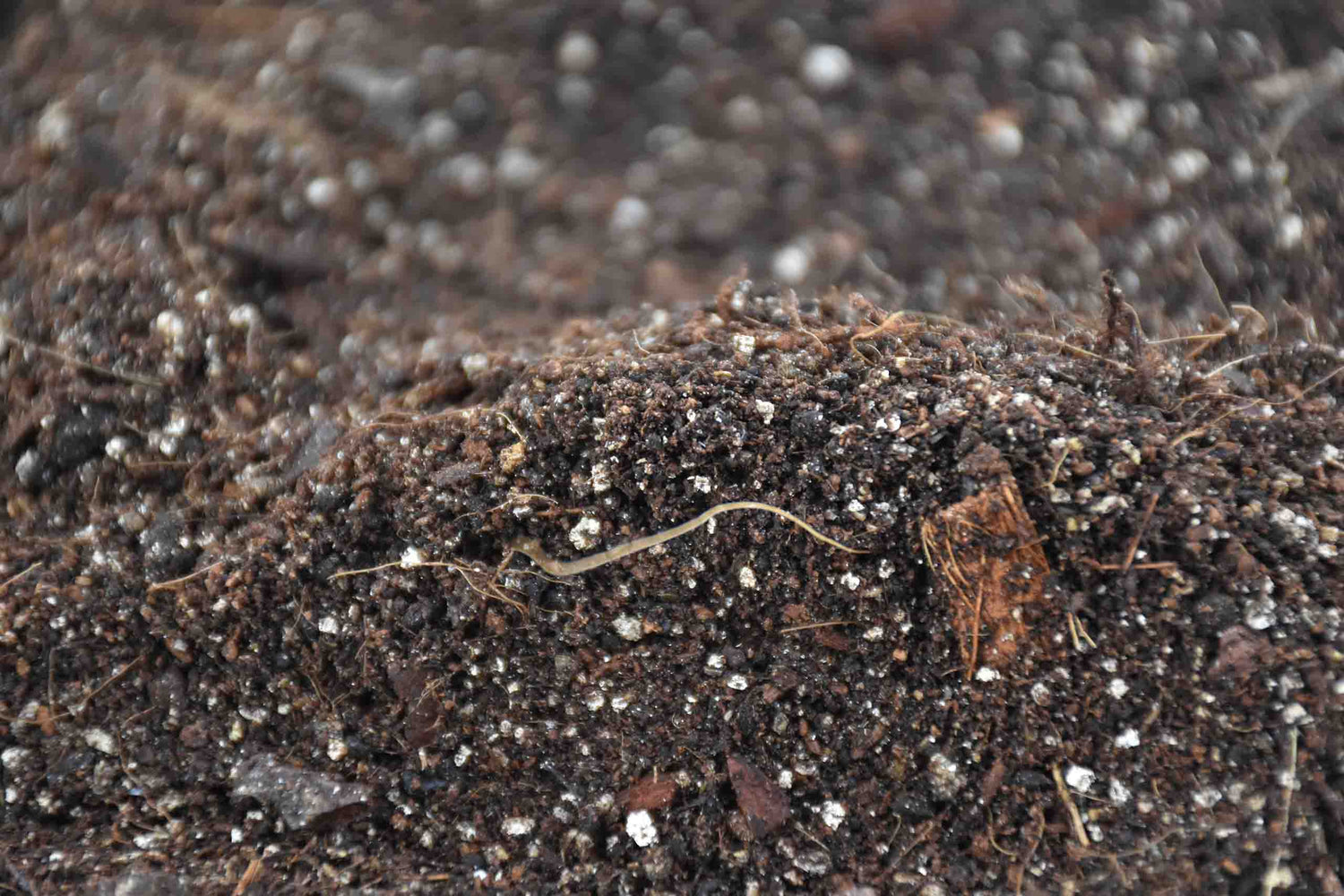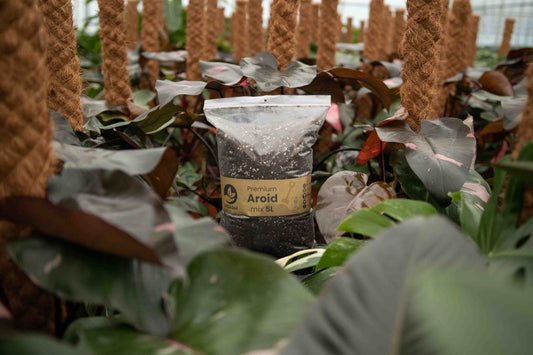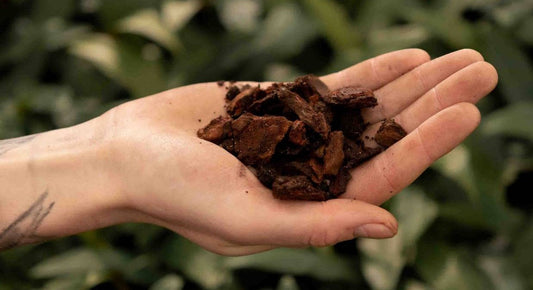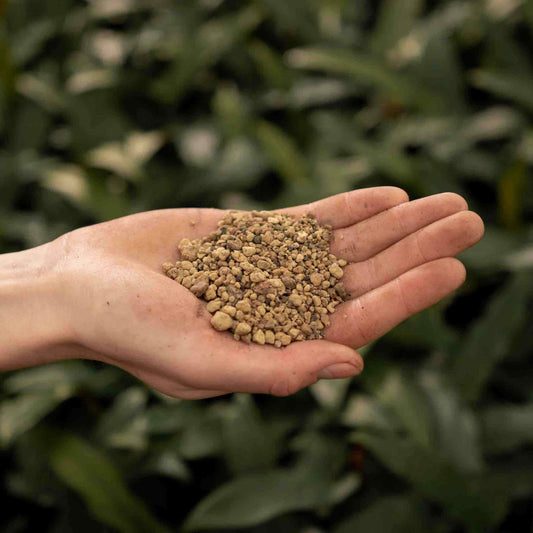Pumice might just look like gravel, but for your houseplants, it can be a game-changer. It improves drainage, boosts airflow, and helps prevent root rot. Still, if you’ve never used it before, it’s normal to wonder: how much should I use? When is it better than perlite? What if I just want my plant to survive, not become a science project?
That’s why we created this FAQ — to answer everything you might wonder about pumice.





